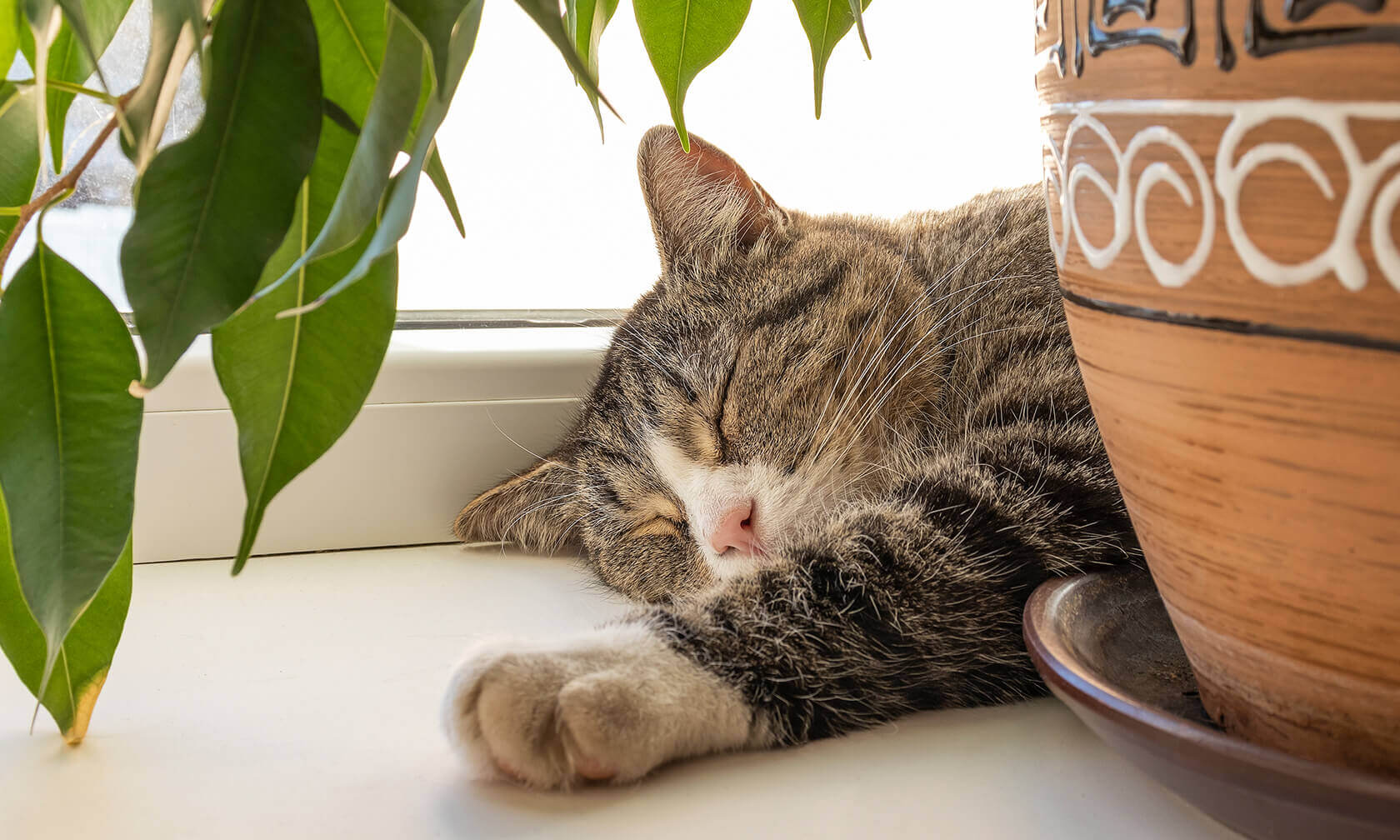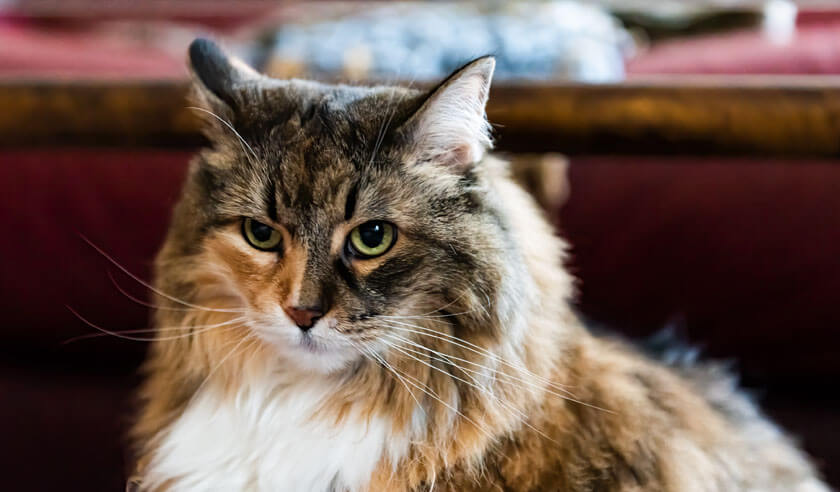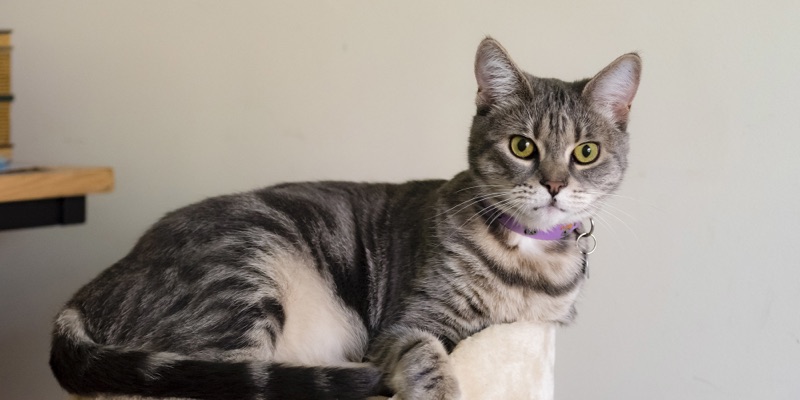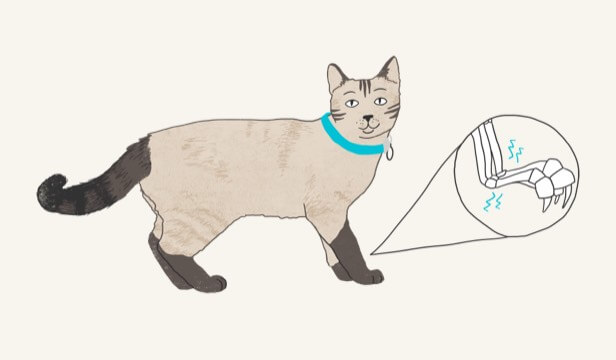Although pain is, well… painful, it can also be useful. Acute pain — the useful kind — is typically related to illness, injury, or surgery, and can last for a few seconds or a few months. Acute pain is the brain’s way of telling us something is wrong, and we need to protect the affected area so it can heal. Let’s say your cat injures their paw — they’ll avoid putting weight on the area until it feels better.
Chronic pain, however, is not useful. Chronic pain, like from osteoarthritis (OA), happens when the pain signal doesn't go away. It keeps bombarding the nervous system until the nervous system actually changes, making your cat more sensitive to pain signals and negatively impacting your cat’s quality of life.
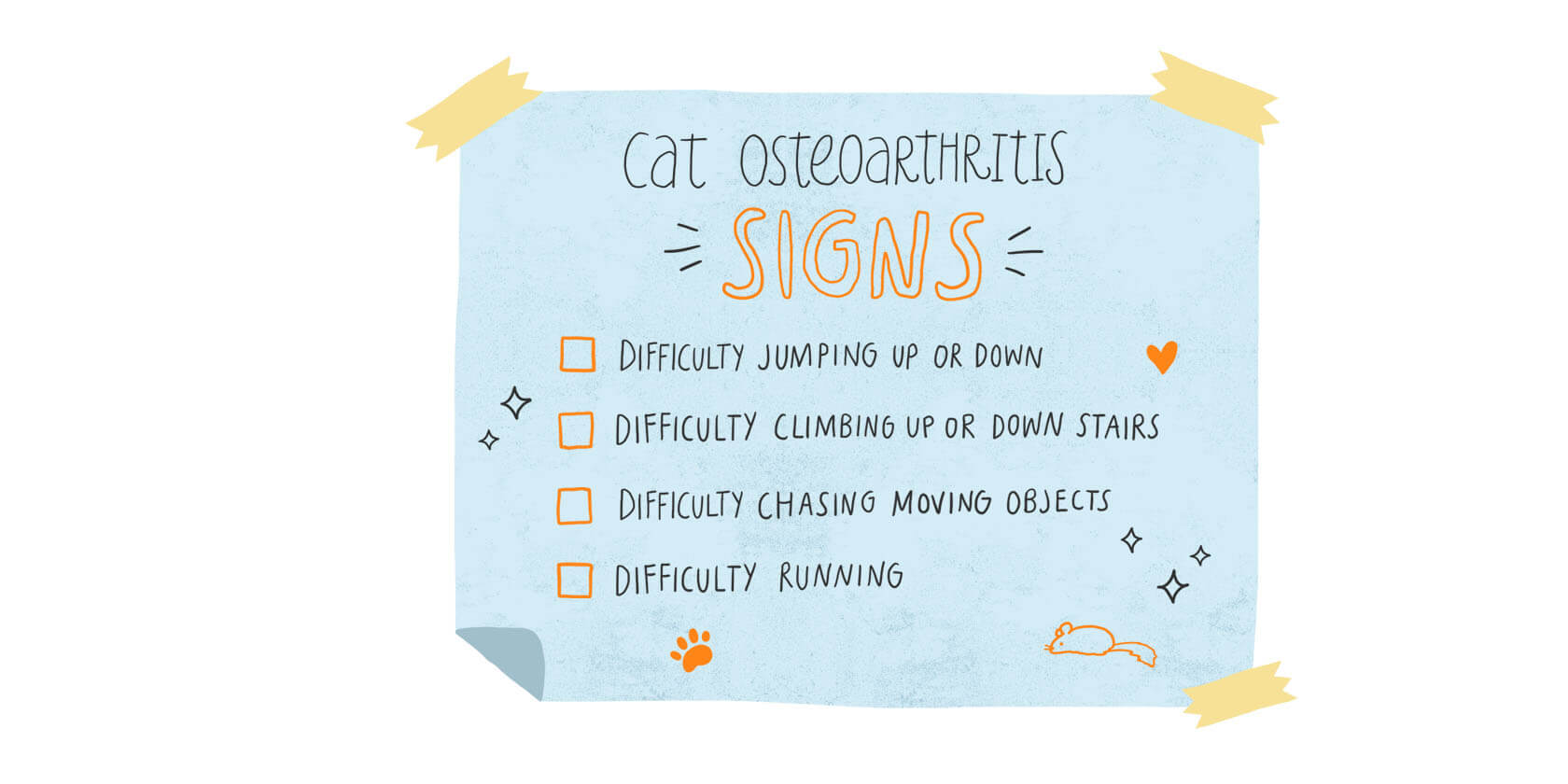
In fact, for chronic conditions like OA, the pain signal never goes away and can take a tremendous toll on a cat’s energy, comfort, and emotional well-being[1]. Just like humans, cats with chronic pain have more trouble functioning and interacting with the rest of the world and can experience less joy in their lives because they’re hurting.
While you can seek out medical advice or take pain medications to help with your acute or chronic pain, your cat can’t report the pain they’re in or take themselves to see their veterinarian — they need your help to recognize the signs of chronic pain.
Chronic Cat Pain from Osteoarthritis
A surprising number of cats suffer from chronic pain due to osteoarthritis. One study found that 61% of cats over the age of six suffer from OA[2], while another study found that 90% of cats over the age of 12 suffer from the condition[3].
Cats hide almost everything, especially pain. Your veterinarian relies on you to report changes in your cat’s behavior for more accurate diagnoses. Without knowing what to look for and the initiation of a proper pain management protocol (as directed by a veterinarian), a cat in pain can suffer in silence and struggle to get around, play, eat, groom themselves, use their litter box, or even sleep.
If left untreated, OA will only worsen over time. This can create a ripple effect, leading to even more problems for your cat[4,5]:
- Cats with OA are less inclined to move, meaning they’re less likely to play, jump up or down, or hunt. This can lead to weight gain and muscle loss, making it even more difficult for them to get around.
- OA pain often causes cats to groom themselves less, meaning that they’re more likely to get painful mats and have a less healthy coat and skin.
- Chronic pain from OA can lead to a general increase in your cat’s sensitivity to pain. This can sometimes be seen if you pet your cat and their skin ripples, or if they don’t like being touched when they used to enjoy it.
- A cat in pain is less likely to interact with you, gets grumpy upon contact from you or another animal, and might prefer to spend time alone, damaging the bond you share with them.
Osteoarthritis pain can be a serious problem for your cat’s quality of life and health. Without treatment, the pain will continue to get worse. Helping your cat begins by talking with your vet and coming up with a medical treatment plan to relieve your cat’s pain. Fortunately, there are treatment options for cats with OA.
If you’re wondering if your cat may have OA-related pain, use this simple OA checklist. If the results indicate that they could have osteoarthritis, the next step is to make an appointment with your veterinarian for a comprehensive exam and to discuss treatment options. A safe and effective pain management protocol can go a long way toward easing your cat’s pain, preventing further damage — and helping them live their best life.
ZPC-00440R2
IMPORTANT SAFETY INFORMATION: For use in cats only. Women who are pregnant, trying to conceive or breastfeeding should take extreme care to avoid self-injection. Allergic reactions, including anaphylaxis, could potentially occur with self-injection. Solensia should not be used in breeding cats or in pregnant or lactating queens. Solensia should not be administered to cats with known allergy to frunevetmab. The most common adverse events reported in a clinical study were vomiting and injection site pain. See full Prescribing Information.
INDICATION: For the control of pain associated with osteoarthritis in cats.
Noble, CE, et al. Development, initial validation and reliability testing of a web-based, generic feline health-related quality-of-life instrument. J Feline Med Surg, 2019
- Slingerland LI et al, Cross-sectional study of the prevalence and clinical features of osteoarthritis in 100 cats, Vet J. 2011 Mar;187(3):304-9
- Hardie EM, Roe SC, Martin FR. Radiographic evidence of degenerative joint disease in geriatric cats: 100 cases (1994-1997). J Am Vet Med Assoc. 2002 Mar 1;220(5):628-32.
- Bennett D, et al. Osteoarthritis in the Cat: How common is it and how easy to recognize, J Fel Med & Surg, 2012, (14) 65-75
- Merola I, Mills DS. Behavioural signs of Pain in Cats: An Expert Consensus PLoS One. 2016.
